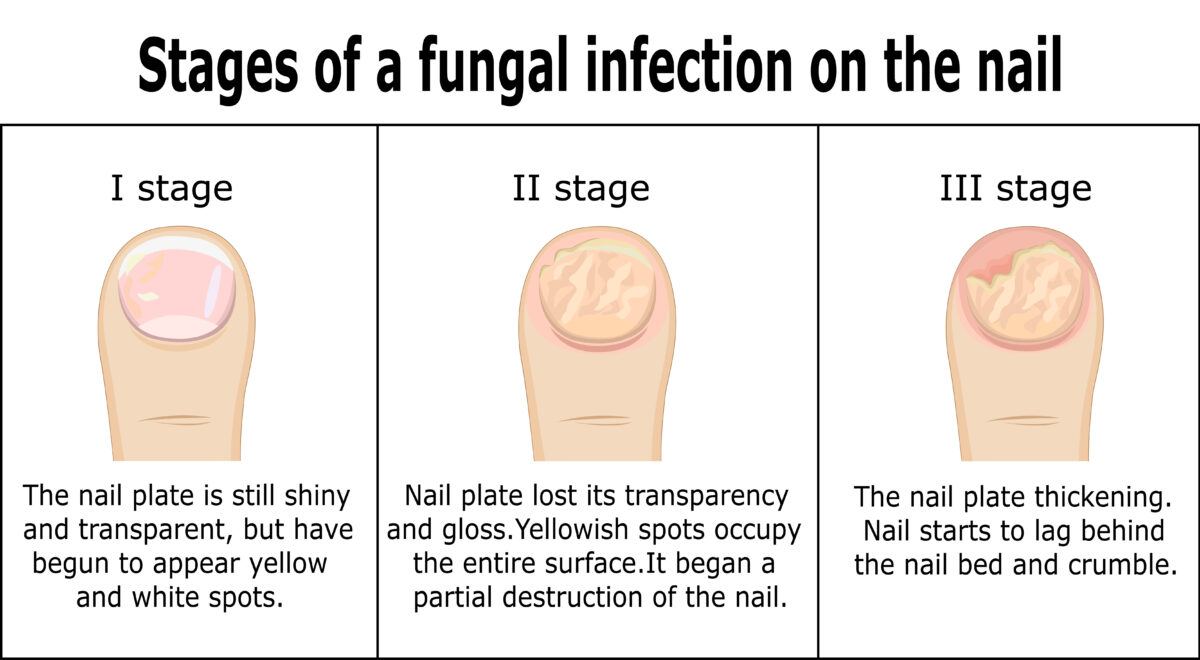Fungal Nails
This article does not constitute as medical advice.
If you are experiencing symptoms of fungal nails, contact your doctor or make an appointment.
This article does not constitute as medical advice.
If you are experiencing symptoms of fungal nails, contact your doctor or make an appointment.
Fungal infections can occur underneath the surface of the nail. The fungus attacks the nail, makes it discolored, thickened, and brittle. Nail infections can occur as a single condition or in conjunction with other conditions like Athlete’s foot or other bacterial and yeast infections. In addition, fungal infections can spread to other toenails, skin, and fingernails. These infections are prone to returning, so proper treatment is imperative.
Prevention: Being conscious of your foot health in your day-to-day activities can help prevent this nail infection. We recommend:
Treatment: When you have already experienced symptoms, at home or medical treatment is necessary.
